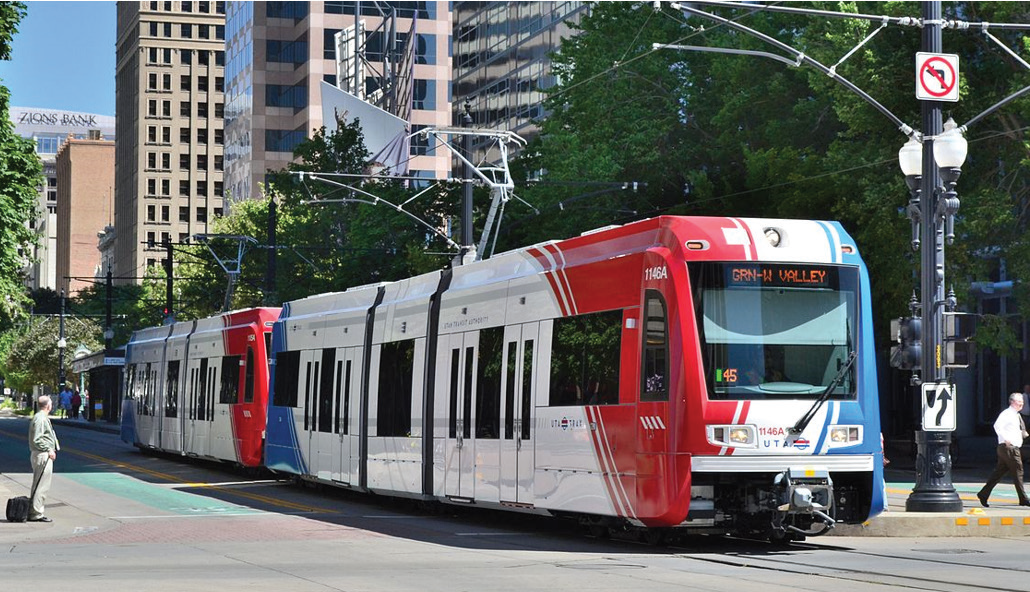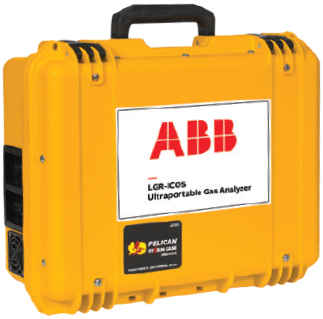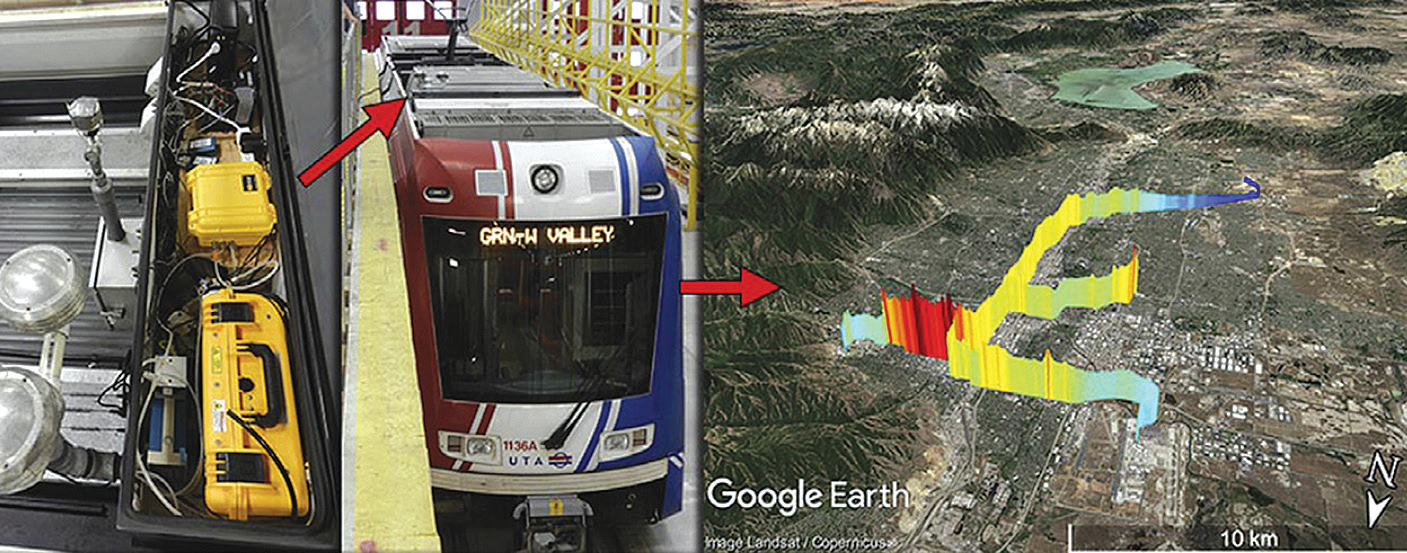ABB’s patented Off-Axis Integrated Cavity Output Spectroscopy (OA-ICOS) trace gas analyzers are recognized throughout the environmental research community for being rugged, easy to implement, and portable.

Image Credit: ABB
These instruments, available in rack-mounted or mobile battery-operated versions, offer governmental organizations and scientists a unique opportunity to conduct precise measurements in situ, even in remote locations or under mobile conditions.
A number of peer-reviewed publications have reported application samples from OA-ICOS instruments for measurements in mobile environments on cars, helicopters, airplanes, boats, drones, bicycle carts and even underwater.
Light-rail trains have also been included in that category following findings from a comprehensive mobile measurement campaign conducted by biologists and atmospheric scientists at the University of Utah, utilizing ABB OA-ICOS analyzers.
The aim was to conduct real-time monitoring of intra-urban trace gases in the atmosphere using a variety of research-grade instruments attached to two public transit light-rail vehicles that travel the Salt Lake Valley metropolitan area at regular intervals.
The data that was collected offered scientists the chance to examine temporal and spatial variances of atmospheric gases, including carbon dioxide (CO2), ozone (O3), methane (CH4), fine particulate matter (PM2.5) and nitrogen dioxide (NO2).
Overall, the research provided a high-resolution map of air pollution across the urban area, as outlined in the research article titled "Monitoring of greenhouse gases and pollutants across an urban area using a light-rail public transit platform".1
In addition to other sensors, an OA-ICOS Rackmount NO2 Analyzer and an OA-ICOS Ultraportable Greenhouse Gas Analyzer (CO2, CH4, H2O) were placed in weather-resistant, electrified steel boxes on the roof of each train.

Ultraportable Greenhouse Gas Analyzer (GLA132-GGA). Image Credit: ABB

Rackmount NO2 Analyzer (NO2-907). Image Credit: ABB
Both ABB OA-ICOS instruments reported gas concentrations in real-time at a frequency of 1 Hz from ambient air sampled at 4 meters above ground level. The air was sampled through inlets extended 0.5 meters above the top of the train via a pipe protruding from the metal box, which was topped with a vent cover.
The authors emphasized the exceptional temporal and geographic resolution provided by this approach, coupled with the durability and low maintenance requirements of the analytical equipment, which present new possibilities for real-time analysis of urban pollution.
Overall, the utilization of electrified light-rail public transit as an observational platform facilitates real-time measurements with low operating costs while mitigating self-contamination from vehicle exhaust. It is crucial to emphasize that this study represents the pioneering effort in North America to leverage public transit for urban observations of trace species.

Left: close-up of scientific instrumentation (ABB GLA132-GGA) on train roof – Right: Spatially and temporally averaged CO2 concentration in the Salt Lake Valley between December 2014 and April 2017. Image Credit: ABB
References and Further Reading
- https://doi.org/10.1016/j.atmosenv.2018.05.044

This information has been sourced, reviewed and adapted from materials provided by ABB.
For more information on this source, please visit ABB.